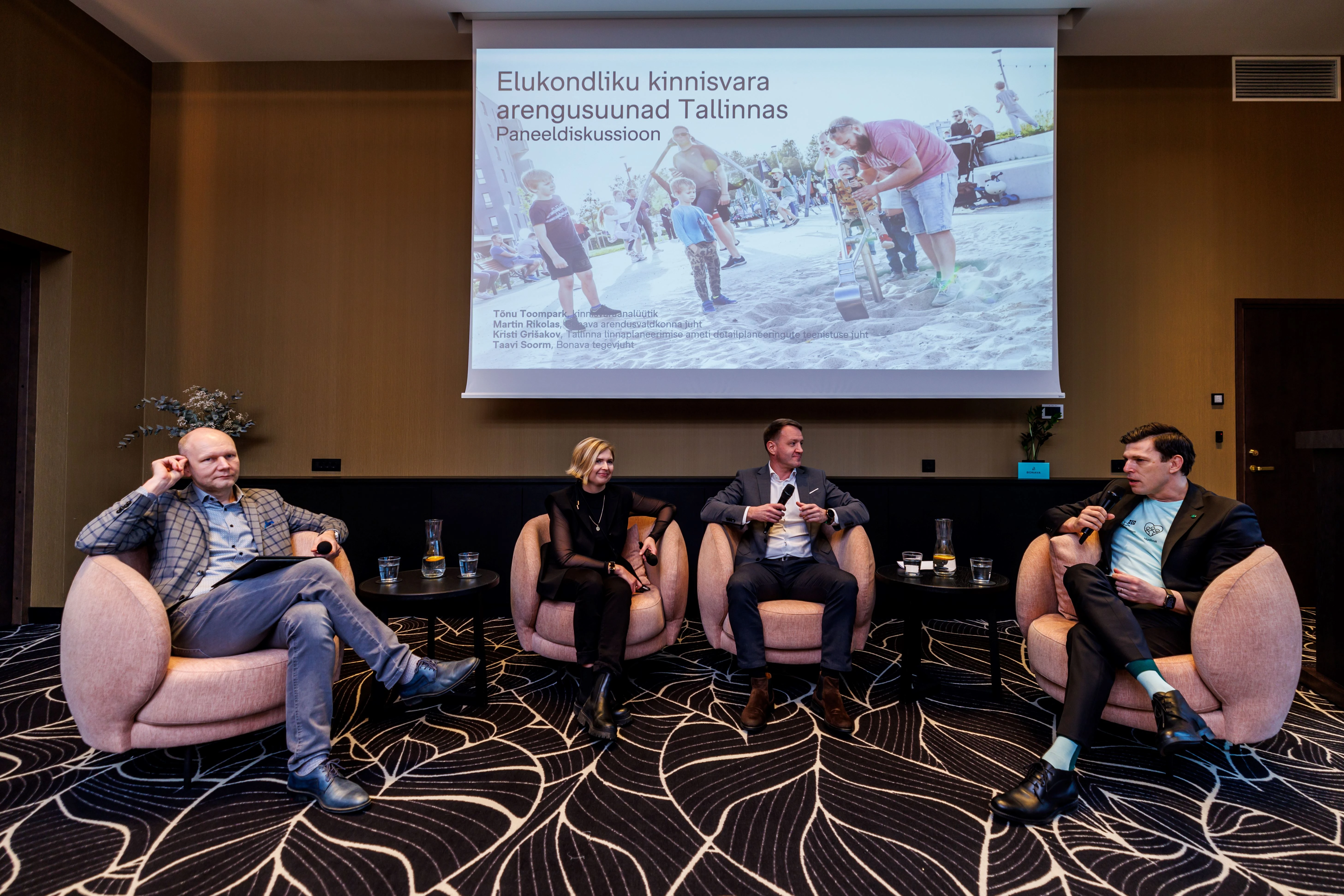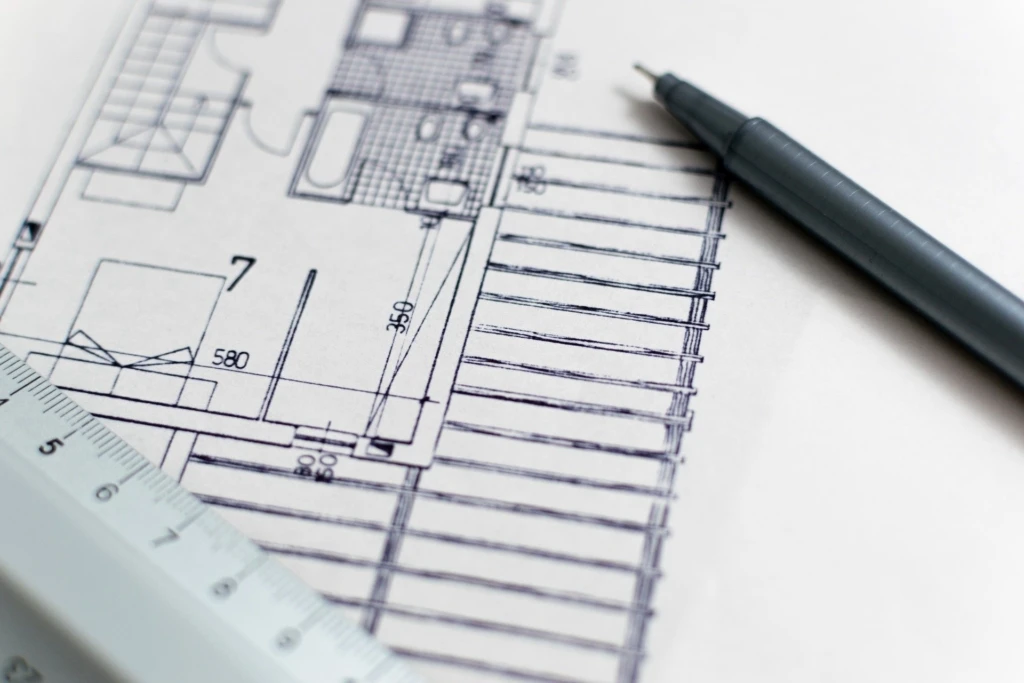Bonava: Cooperation with the City Has Clearly Improved

Communication between Tallinn City Planning Office and real estate developers has become more open and cooperation has improved. Functional and more customer-friendly cooperation is the foundation for clearer and more transparent detailed planning processes, which in turn affects real estate prices and urban development. However, one of the biggest challenges for the sector in the near future is real estate accessibility in Tallinn. These were some of the key messages from the panel discussion "Where is residential real estate in Tallinn heading," which featured real estate analyst Tõnu Toompark, head of the Tallinn City Planning Office's detailed planning service Kristi Grišakov, and head of Bonava's development division Martin Rikolas. The discussion was moderated by Bonava's CEO Taavi Soorm.
Cooperation between Tallinn City Planning Office and developers
Kristi Grišakov was pleased to note that communication between government agencies and developers has become more customer-friendly and open. "We are moving towards understandable and justified decisions, where the views of citizens and clients are taken more into account. Processing times must be lawful and processes transparent to all parties," said Grišakov.
Bonava representative Martin Rikolas confirmed that the changes in communication with officials are visible. "Previously, we literally had to squeeze decisions out of offices, but now promises are made and kept. Communication is clearer and procedures more concrete," noted Rikolas. "For us, it is important to reach a point where in detailed planning procedures there would be a uniform understanding of what is expected and what we are based on, and also that this process would be measurable with shorter processing times. This way, property prices would also be more affordable and investments more attractive," added Rikolas.
The main challenge – real estate accessibility
The discussion also focused on real estate accessibility. "In recent years, housing prices in Tallinn and neighboring municipalities have risen significantly, which has become a serious challenge for home accessibility," explained Kristi Grišakov. "This particularly affects young families and important specialists for Tallinn, such as teachers and doctors, who often cannot find affordable housing within the city limits," she added. When real estate in Tallinn becomes less accessible, people move further away, which in turn deepens the urban sprawl problem.
Tõnu Toompark presented data showing that real estate accessibility has decreased by one third – a person earning an average net salary could afford a 23m2 apartment in Tallinn last year, a few years ago this was 35m2. "Although this indicator is rising back to 26-27 square meters and purchasing power is moving in a positive direction, tax increases are giving real estate accessibility an additional blow," noted Toompark.
Martin Rikolas pointed to the causes of price increases. "The high level of land and construction costs in Tallinn makes it difficult to offer affordable apartments. As a residential developer, we have also turned our attention to municipalities with well-developed infrastructure and services, but prices have also risen there," acknowledged Rikolas. In Tallinn, prices are also driven up by higher land prices and stricter regulations. "In Tallinn, land is 20,000 euros more expensive per apartment, parking solutions and other solutions are also 20,000 euros more expensive. So for a 200,000-euro apartment, the price difference is already 20 percent. At Bonava, we have dealt with accessibility and we consciously operate in the sector that is not in the most expensive areas. The question is not what people want to buy, but what they are able to pay for. And this challenge is becoming increasingly larger for residential developers in the coming years," said Rikolas.
Future outlook – a good living environment that we can afford
The panel discussion concluded with a future outlook, where participants were unanimous that the development of Tallinn's residential real estate market must continue on the basis of cooperation and evidence-based planning. Kristi Grišakov noted: "We are working in the city to ensure that the principles of spatial planning, construction, and the application of green factors, and how the city expects them to be implemented, are understood uniformly by all parties."
Martin Rikolas highlighted the need to address urban space solutions that are within our means. "As a residential developer, we want to offer quality, functional, and sustainable living environments at affordable prices. This is a segment where it is actually much more difficult to operate."
Tõnu Toompark concluded by adding: "Let us focus on what we can afford, and let us not forget that a good living environment does not always mean the most expensive and fancy solution."




